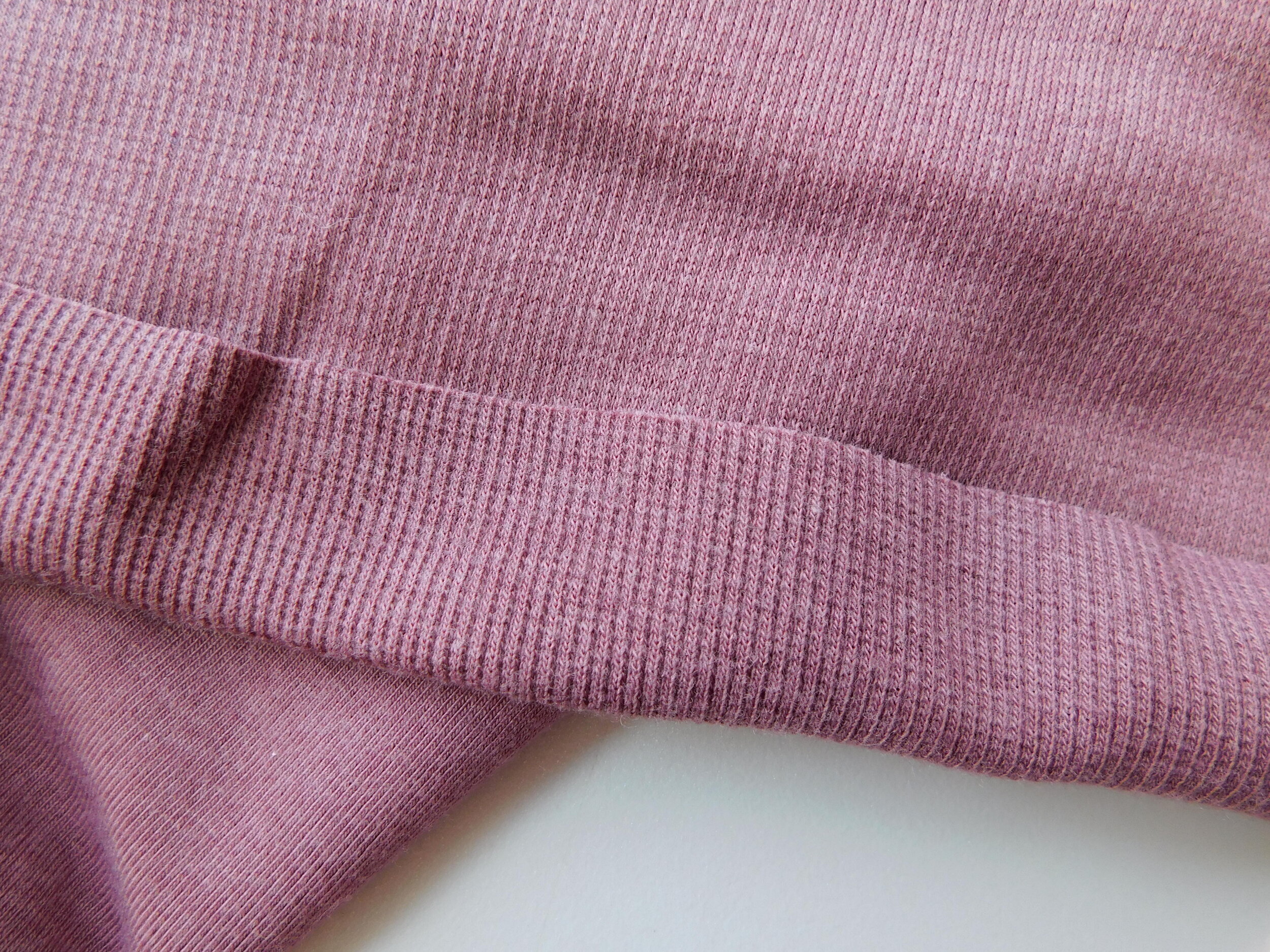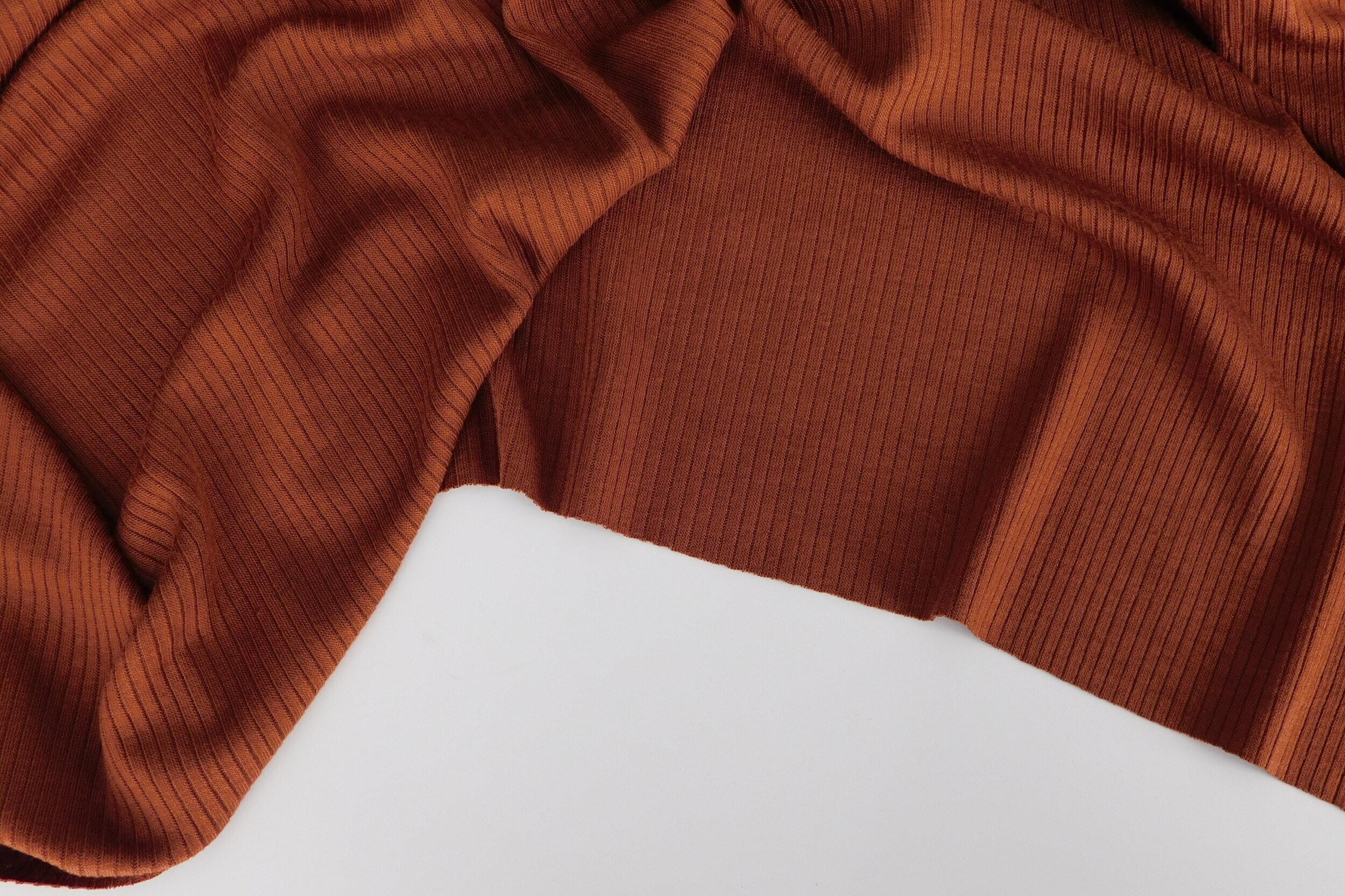Thursday Tip with Hali - What is TENCEL™?
Thursday Tip // What is TENCEL™?
Tencel™ and lyocell fabrics are gaining rapid popularity in the sewing world and they often come with the “more sustainable option” tag line but you may be wondering, what does “more sustainable” actually mean. Let us break it down for you.
The terms Tencel™ and lyocell are often used interchangeably, bringing about some confusion. Tencel™ is the registered name for the fabric lyocell, made and trademarked by the Austrian company, Lenzing. With that in mind, not all lyocell is made equal and not all lyocell is made by Lenzing. However, if it is labelled Tencel™ or Tencel™ Lyocell you can be sure it was made by Lenzing with their closed loop system and non-toxic solvents. Companies using the Tencel™ label in their products or selling Tencel™ branded fabrics have to abide by the Tencel™ trademark rules and therefore can be trusted sources of Lenzing approved products.
Lenzing is very protective of their fibres so not just anyone can call their lyocell products by the name Tencel. They even have a fibre identification process that can determine which fibres are made by them and which are not. The Lenzing group has also developed other sustainable fabrics such as Tencel™ Modal and Lenzing™ Ecovero™ and are leading the industry in responsible forestry, closed loop production and eco-friendly manufacturing processes.
So what is Lyocell?
Lyocell is a cellulosic fibre made from the wood pulp of eucalyptus, oak or birch trees. Eucalyptus is primarily used because of its ability to grow rapidly not requiring additional irrigation and no need for pesticides. Eucalyptus has a highly efficient ability to retain carbon dioxide, countering the greenhouse effect which also makes it the most sustainable option.
ID: A close up of a pale green ecalyptus branch on a white background. Photo credit: Vie Studio from Pexels
Eucalyptus is harvested, turned into wood chips and then wood pulp. The pulp is broken down with a non-toxic chemical called N-Methylmorpholine-N-oxide (NMMO) also known as an “amine oxide” solution. In the case of Tencel™ Lyocell, this closed loop system recycles over 99% of the solution and reuses it over and over again. The non-toxic organic solvent isn’t harmful to the environment and has no negative impact on textile workers who come in contact with it.
In contrast, the production of similar fabrics, namely viscose/rayon, use a toxic chemical solution called carbon disulfide to break down the pulp which is known to have harmful effects on the environment, textile workers and neighbouring water ways. Although it is possible to have clean viscose production, the challenges lie in properly handling the chemicals and trapping the harmful gases that are produced during the process.
ID: An infographic showing the production of lyocell fibers. From left to right: wood, pulp, fiber production (add water and solvent), Lenzing lyocell fibers and recovery of solvent. Photo credit: www.lenzing.com via The Complete Guide to Lyocell – again&again (againandagainapparel.com) End.
After the pulp is broken down the cellulosic fibres are spun to create lyocell which can then be knitted or woven and combined with other fibres to create beautiful fabrics of all types. Lyocell has a soft hand, fluid drape, it is cool on the skin and breathable. Tencel™ Lyocell (and Modal™) are certified as biodegradable and compostable under industrial, home, soil and marine conditions. Lyocell feels good on sensitive skin, is antibacterial, durable, and moisture absorbing. These qualities make it a great candidate for combining with other natural fibres. Lyocell brings a softness and beautiful drape to any fabric combination.
ID: a close up of lyocell fibres before they are spun into yarns. They look like a puffy white cloud. Photo credit: www.lenzing.com
Lyocell comes in various weaves, with twill weave being the most common. Lyocell twill has more body than a plain weave lyocell and is stronger while still maintaining beautiful drape. A 4-6oz lyocell fabric is common for garment sewing. Lyocell takes dye really well, requiring less dye than cotton, making colors last a little longer than other natural fibres and allowing for many color combinations and brilliantyly printed fabrics.
Lyocell jersey or french terry makes a great match for t-shirts and comfy loungewear. Tencel™ Modal™ has a similar production process to that of lyocell but is an even finer fibre that has a bit more elasticity because of the extra stretch it receives during the spinning process, making it a great choice for athletic wear, underwear and light layering pieces.
ID: A close up of a ribbed knit fabric in a warm, rusty brown color. It is our WS Ribbed Tencel™ Modal in Pecan.
How to care for Tencel™ Lyocell:
Wash on a delicate cycle with cold water to preserve color. Remove from the dryer while damp to reduce wrinkling and lay flat or hang to dry. Because of its absorbent properties, lyocell can stain easily so treat stains immediately.
Press on low to medium heat, use a damp press cloth or iron on the wrong side to avoid shiny iron marks. Lyocell holds a press well so don’t be afraid to use steam.
Tips for sewing:
Lyocell is one of those shifty fabrics and can stretch out of shape on curves or pieces cut on the bias so stay stitching those areas can be helpful (Check this post out for tips on staystitching).
Lyocell has a slight sheen on the right side so using a silk thread or all purpose polyester thread with its natural sheen will match and blend in better than a matte cotton thread. If you are looking for a sustainable option that will biodegrade along with your garment, should it end up being disposed of, silk thread is the way to go.
Notes for beginners: Tencel™ Lyocell is like a type of rayon in that it shifts easily when cutting. Make sure you’re cutting out your pattern pieces on a single layer if you can (matching the grainline to the selvedge) and using a rotary cutter and weights instead of pins and scissors may give you more accurate cutting around your pieces. If you take your time cutting with this fabric so all your pieces are correctly on grain, the sewing will not be as fiddly.
Do you like sewing with lyocell (Tencel™)? Let us know your favourite lyocell blends in the comments below.








